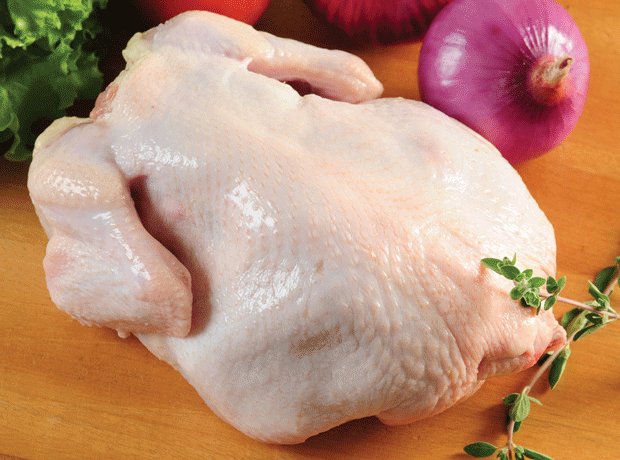
The Food Standards Agency this week heaped praise on retailers for making “significant progress” in fighting campylobacter, the biggest cause of food poisoning in the UK.
Campylobacter has long been the FSA’s number-one strategic priority, and its survey of whole raw chickens sold in major UK retailers is a key tool to gauge how successfully the regulator and the industry are tackling the bug.
The latest quarterly results from that survey, published this week, are cause for cautious optimism. While overall contamination rates remain high – 75% of chickens tested are contaminated to some degree – they are coming down. And, crucially, fewer chickens are showing high levels of contamination: 15% were highly contaminated in these latest results compared with 22% a year ago.
But FSA’s results also highlight once again just how unpredictable campylobacter is – and how little we currently understand the bug.
Take Morrisons’ performance in the latest FSA survey. It was one of two retailers that, according to the FSA, had contamination rates “significantly above average” (the other being Asda).
‘Hang on,’ you might say. Didn’t Morrisons celebrate a major breakthrough in its campylobacter efforts back in May?
It certainly did. Following a number of interventions (including bringing in a new supplier), it announced an impressive reduction in the rate of most highly contaminated chickens from 11.3% to just 2.3% – comfortably below the joint FSA/industry target of 7% at retail. The figures came from its own tests but were verified by the FSA. Indeed, FSA policy director Steve Wearne said at the time: “This is very welcome news from Morrisons and goes to show campylobacter levels can be significantly reduced by targeted interventions.”
Now, suddenly Morrisons appears bottom of the class. So what’s happened?
In short, no one’s quite sure. Morrisons and the FSA are investigating but aren’t commenting for now. However, Morrisons makes its campylobacter results publicly available and stands firm that its contamination rates are steadily reducing: “our results for the whole of 2015 are below the 7% FSA target”, it says on its website.
Sample variations
Industry experts suggest sample size and variations in sampling methods could partly explain why the results are so different. The FSA tested 1,032 chickens for the last quarter, which works out at about 100 chickens for each individual retailer – a small enough sample to potentially throw up some anomalies; Morrisons’ own tests are based on a bigger sample.
Differences in how chickens are sampled can further complicate the picture. Some samples are taken from neck skin (where campylobacter rates tend to be higher) while others are taken from parts of the birds, such as breasts or the back, where rates are typically lower.
Then there’s seasonal variation. Campylobacter is a fragile and volatile bug that’s easily susceptible to heat and cold (it’s one of the reasons many interventions at processor level have focused on temperature treatments, such as rapid surface chilling); higher rates over the summer months (which these latest FSA results cover) are therefore not unusual. “Morrisons just may have got unlucky here, as it’s very much ‘on the day’ – ie, if they were sampled during a warm spell of just a few days,” says one industry insider.
Such variations, of course, would apply to all retailers – not just Morrisons. As one expert points out: “These may have been small factors, but I don’t think any one of them can explain why the results are so different.” Just as the industry has long argued that the solution to campylobacter will ultimately lie in multiple interventions – rather than one ‘silver bullet’ – so it seems the causes behind anomalous results are likely multifactorial.
The baffling Morrisons results nevertheless leave the FSA in an awkward position. Given how enthusiastically it endorsed Morrisons back in May, one might have expected it to at least acknowledge that the latest results for the retailer seem off. But not a word.
This is troubling. The ‘naming and shaming’ of the campylobacter survey is supposed to increase transparency and facilitate consumer choice. Not addressing the fact that a retailer previously hailed for its good practice is now reporting poor results is the opposite of transparent and could be downright confusing for consumers. And, of course, there’s a reputational risk here for Morrisons too – taking its cues from the FSA, mainstream media coverage today reported it as one of the industry’s poor performers, making no mention of the earlier, more encouraging, results from May.
To be clear: the issue here isn’t that the FSA might not (yet) know why the results are so odd. But if it can’t explain the discrepancy, it should say so. All it needed was a line saying ‘this contradicts earlier findings; we’re investigating why’.
Much progress has been made in the fight against campylobacter, and the FSA deserves credit for tackling a difficult issue and driving the industry hard to make change. The huge level of investment in new technologies in the supply chain – and particularly at processor level – is testament to that, and the topline figures announced this week suggest these efforts are finally starting to pay off. Meanwhile, experts talk of “unprecedented levels” of cooperation and knowledge sharing within the industry – a terrific achievement.
But if the industry is (rightly) being encouraged to be more transparent in its campylobacter efforts, this has to be matched by equally transparent reporting.







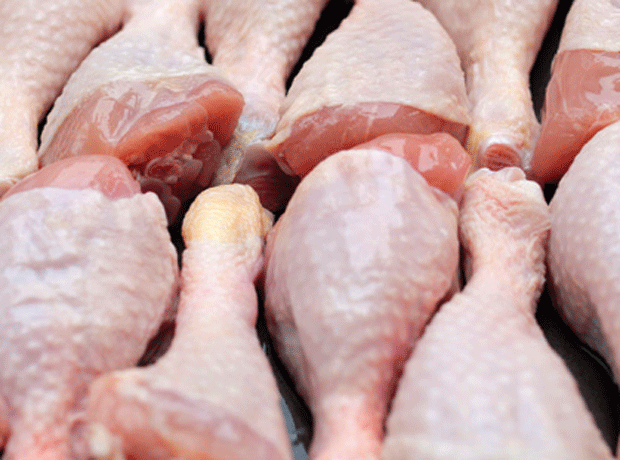
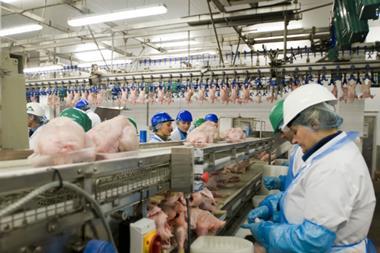
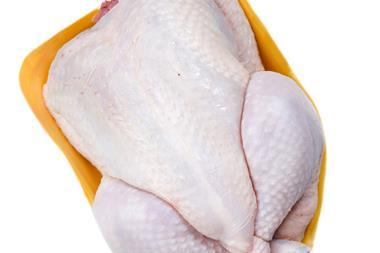
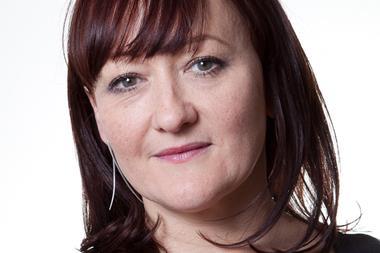
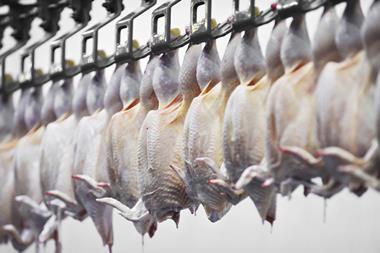




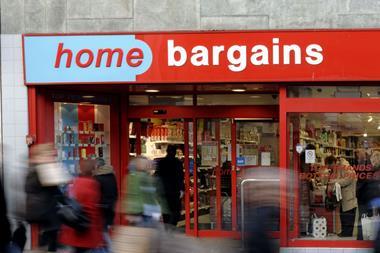


No comments yet